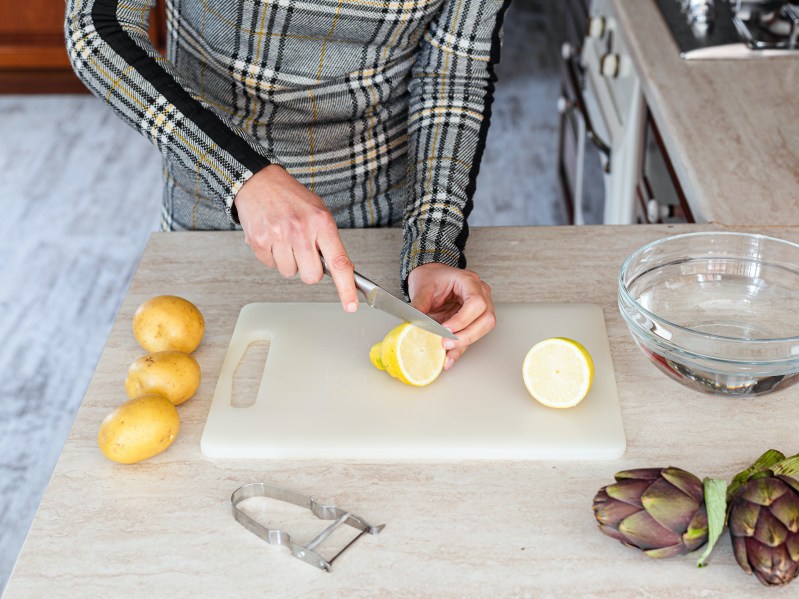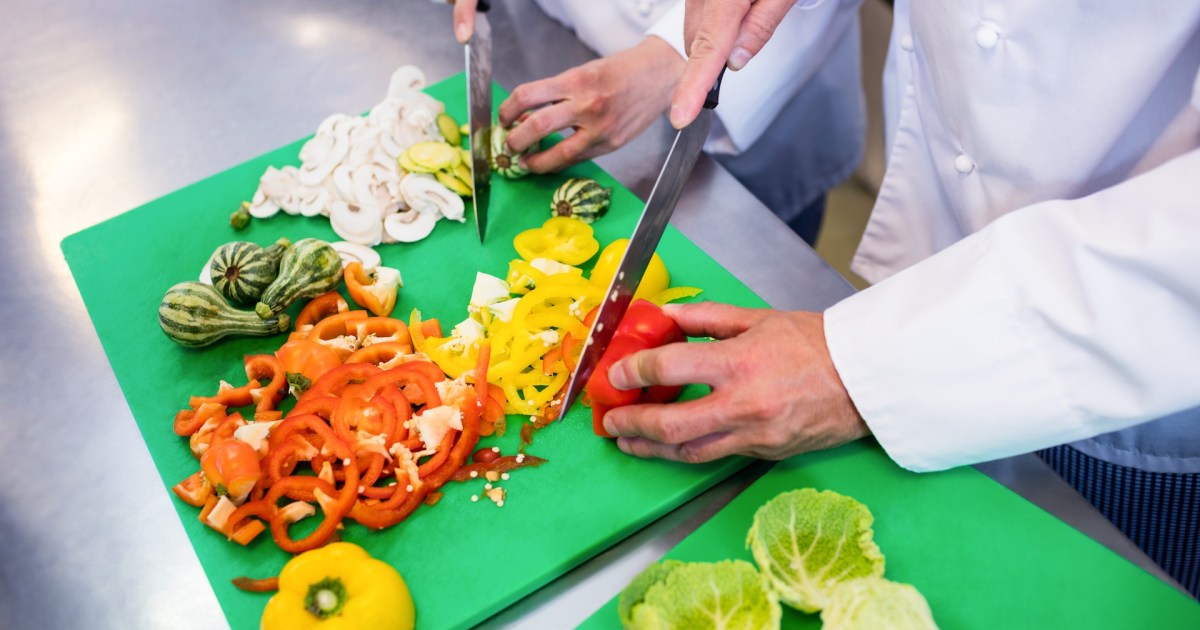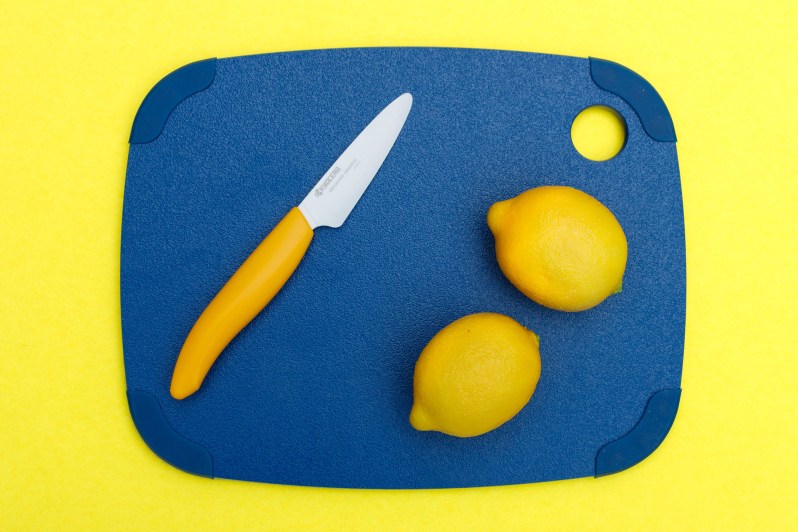
A cutting board is one of those kitchen tools that isn’t really up for debate when it comes to necessity. Unless you care not a bit for your knives or countertops, cutting boards are an absolute must when it comes to food preparation. We use them for everything from butterflying filets to mincing shallots, and every chop and dice in between. In the interest of avoiding cross-contamination, many people even have color-coded cutting boards in their kitchen, earning themselves a gold star in the world of food safety. Until now, at least.
While there are certainly plenty of cutting board options available on the market in both size and material, most of us probably have a few plastic versions lying around in our kitchens. And while these are great for giving that celery a quick chop, a recent study published by Environmental Science and Technology indicates that a good deal of that cutting-board plastic is actually ending up in our food.
The study
The study was conducted by chopping carrots on two different kinds of plastic cutting boards; one made from polypropylene and the other from polyethylene. Taking into account factors such as an individual’s chopping style and force, the number of times an ingredient needed to be cut, and how often each board was used, the results indicated that all of that chopping could result in shedding 14 – 71 million polyethylene microplastics, and 79 million polypropylene microplastics from their respective boards each year. To put that into perspective, that’s about the same amount of plastic as ten credit cards going straight into our food annually.
Unfortunately, that’s not the worst of it. Since plastics have taken over the world, microplastics have been found almost everywhere in our bodies, including our blood, lungs, and even placentas. Another study conducted by the National Library of Medicine shows that microplastics can have drastically ill effects on the body. First, to the digestive system, starting when microplastics are first ingested, and then physical irritation to the gastrointestinal tract that may cause inflammation, resulting in various gastrointestinal symptoms. Microplastics can cause chemical toxicity, caused by these substances entering the body through the gastrointestinal tract when microplastics are ingested orally, leading to various gastrointestinal symptoms, including nausea, vomiting, and abdominal pain.
Should you toss the plastic cutting board?
While these studies are startling at first, it is important to remember that the research on this topic is still new, and the science here is limited at this point. Is it looking great? No. But, at the end of the day, one has to keep an open mind about the ways we pollute our bodies every day and wonder if this is making that big a difference. A cynical viewpoint, to be sure, but isn’t that the reality of our situation now?
Furthermore, when considering the research that’s also been done on wooden cutting boards, their porous surfaces, and the more substantial likelihood of spreading foodborne illness, one must evaluate which is the lesser of two evils.
Happy cooking!
Editors’ Recommendations



